On World Sickle Cell Day, the importance of awareness, support, and advancements in treatment to improve the lives of those affected by SCD read more
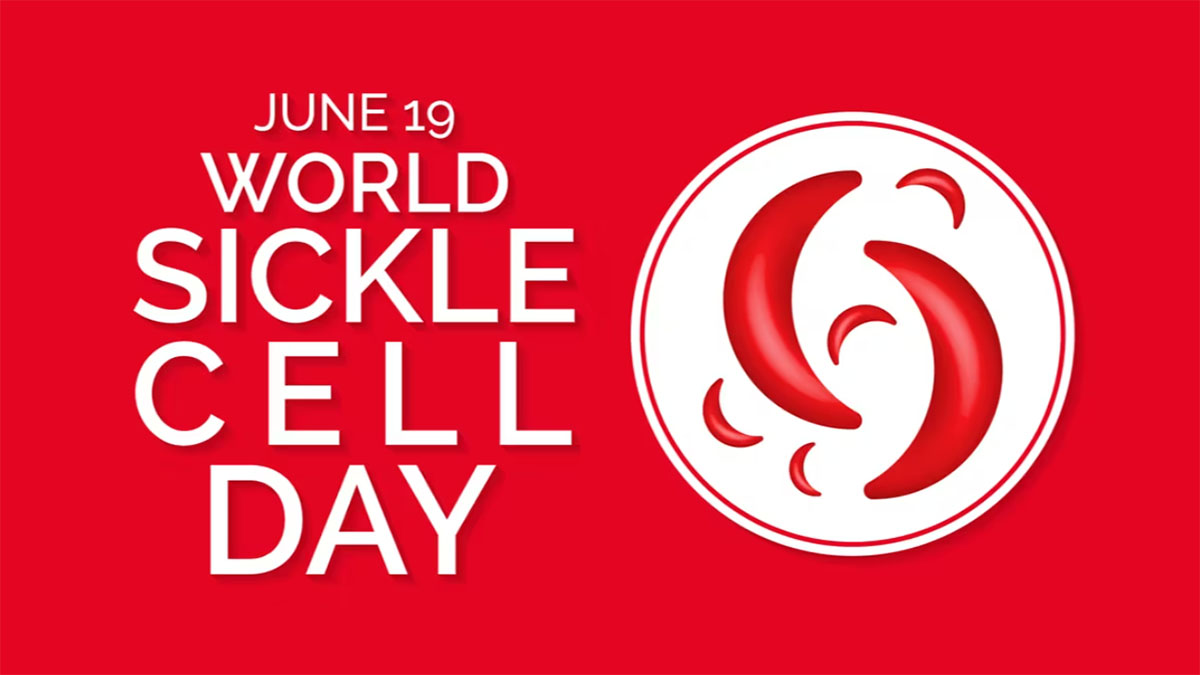)
World Sickle Cell Day falls on 19 June every year
On World Sickle Cell Day, Firstpost speaks with Dr Praveen Gupta, Principal Director & Chief of Neurology at Fortis Hospital. Dr Gupta provides insights into the neurological challenges individuals with sickle cell disease (SCD) face. In this interview, he discusses the primary neurological complications, neurodevelopmental challenges in children, and the importance of early intervention and support systems. Dr Gupta’s expertise highlights how medical care and community support can improve the quality of life for those with this condition.
What are the primary neurological complications associated with sickle cell disease?
The primary neurological complications in sickle cell disease include silent cerebral infarctions, ischemic or hemorrhagic stroke, moyamoya syndrome, posterior reversible encephalopathy syndrome, cerebral fat embolism, and cerebral venous sinus thrombosis. These complications can lead to seizures, headaches, cognitive impairment, walking difficulty and balance impairment.
What are common neurodevelopmental challenges faced by children with SCD?
Children with sickle cell disease often face major challenges such as cognitive impairment, difficulties with attention, memory, and learning, imbalance while walking, recurrent headaches, seizures and decreased coordination between mind and body.
What early intervention strategies are recommended to support neurodevelopment in children with SCD?
Cognitive impairment in SCD can result from strokes or recurrent silent strokes. To address this, educational interventions, cognitive training, occupational therapy and physical therapy are significantly effective. These interventions help overcome deficits caused by silent brain infarcts, supporting growth, learning, attention and memory in children with SCD.
How effective are educational interventions in mitigating cognitive deficits in children with SCD?
Children with SCD may experience silent complications due to occlusive and arterioocclusive disease in the brain, leading to brain parenchyma damage and multiple deficits. Recurrent neurological assessments and surveillance are essential for early recognition of these deficits. Through cognitive therapy, occupational therapy and multimodal rehabilitation services, we can significantly reduce the impact of brain parenchymal damage in these children.
What are future directions for improving early intervention strategies for children with SCD?
Future directions for children with SCD involve early recognition through surveillance. If we can diagnose this disease before the onset of neurological and cognitive complications and make bone marrow transplants accessible, available, and affordable on a large scale, we could mitigate the impact of SCD in children and allow them to lead reasonably healthy lives.
What is the relationship between stroke and SCD?
Stroke in SCD is caused by the obstruction of blood supply to the brain. Due to the sickling of cells in the brain, these cells can clot together and occlude brain vessels, reducing blood supply to parts of the brain. This can result in manifest strokes, such as ischemic or hemorrhagic strokes or lead to small silent cerebral infarctions that damage the brain.
What is the role of family and community support in mitigating the cognitive impact of SCD?
Family and social support are crucial in the cognitive rehabilitation of children with SCD. Organising community services and schooling that incorporate multimodal rehabilitation programmes, including cognitive therapy, physiotherapy, and occupational therapy, can significantly improve these children’s learning and skill-building, thereby enhancing their quality of life.

 3 months ago
16
3 months ago
16

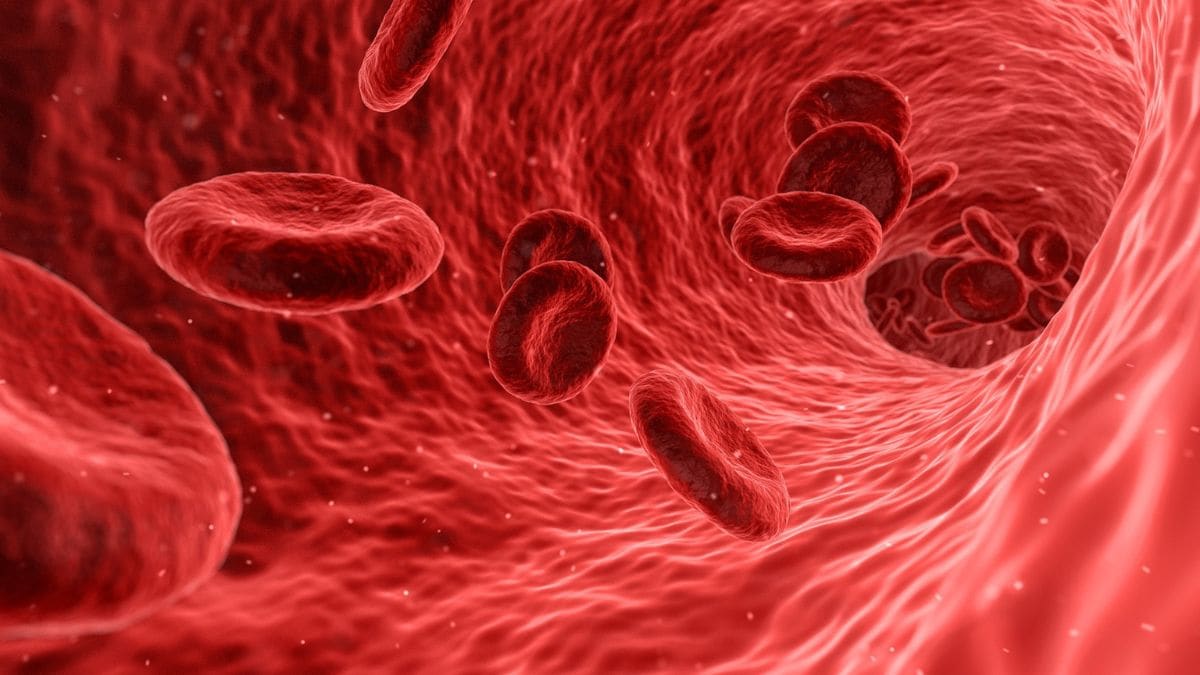
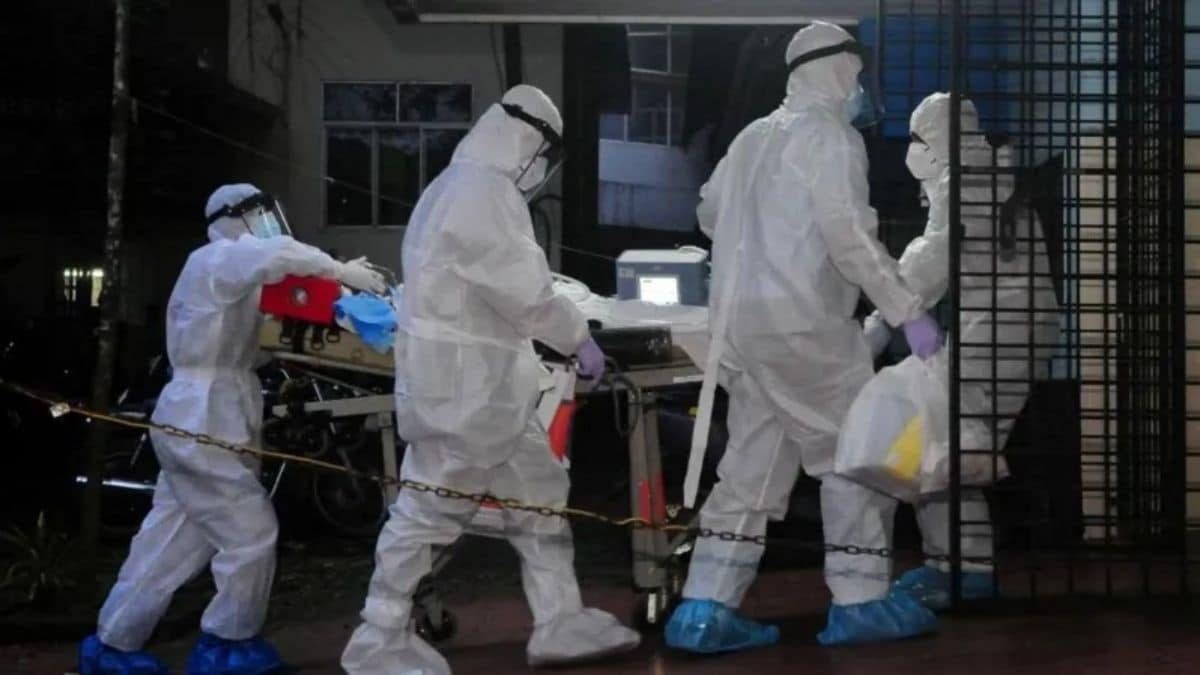






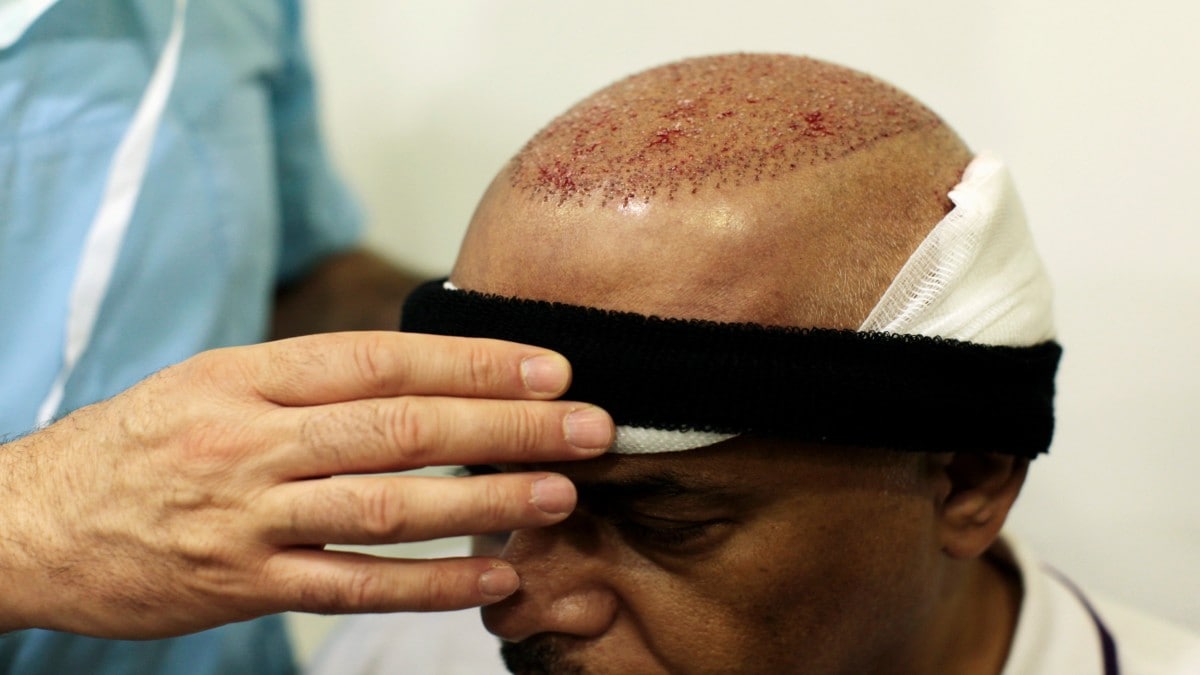





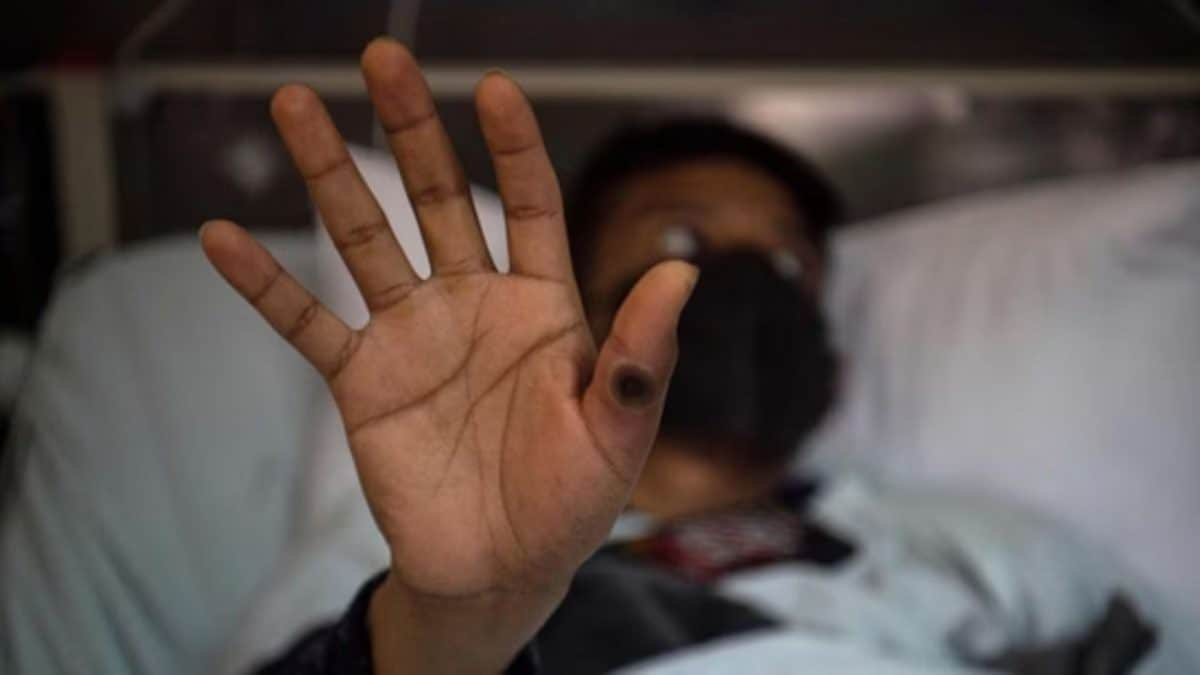


)
)
)
)
)
)
)
 English (US) ·
English (US) ·